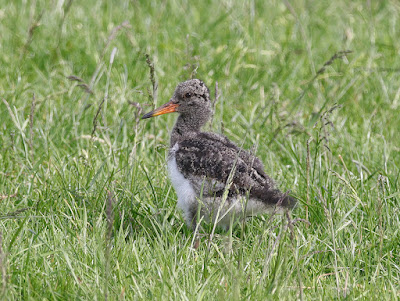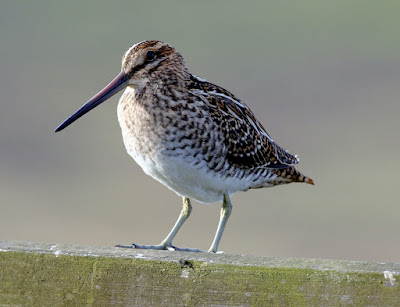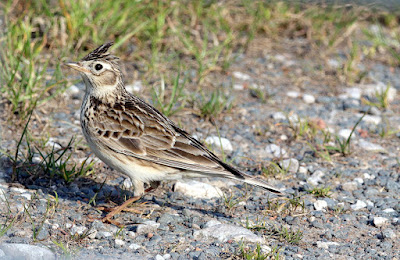When I arrived back home after two weeks in Menorca, there was a parcel waiting. It was a review copy of Wildlife of Madeira and the Canary Islands, freshly out as the newest addition to the highly successful WILDGuides titles. The author John Bowler is a conservation officer on the island of Tiree in the Scottish Inner Hebrides. He is the author of a number of field guides, including Wildlife of Seychelles (Princeton WILDGuides).
Macaronesia
So how does the new book stack up? Firstly, the clue is in the title. Potential buyers should note that this new volume is a more than a bird guide. It is a “wildlife guide” and therefore includes a guide to not just birds but also mammals, reptiles, amphibians, butterflies and dragonflies.
The book covers the key wildlife sites to visit on each of the islands of Macaronesia and provides an overview of each island’s geography, climate, habitat types and current conservation efforts. As in previous volumes Wildlife of Madeira and the Canary Islands follows the now well established WILDGuides formula of an illustrated but mostly photographic field guide, a highly successful and addictive recipe of guides that cover a wide range of animals, birds and insects across an equally diverse range of countries and continents.
There is quite a lot of information to fit into the 244 pages, especially so when in comparison to Birds of the Atlantic Islands by Tony Clarke (2006), the current favourite bird guide to the islands. This has 365 pages for birds only, although admittedly it covers both the Cape Verde Islands and the Azores in addition to Madeira and the Canaries. A note for buyers, potential or actual - Wildlife of Madeira and the Canary Islands does not cover Cape Verde Islands or the Azores.
Wildlife of Madeira and the Canary Islands
Wildlife of Madeira and the Canary Islands
Wildlife of Madeira and the Canary Islands begins with a useful and highly readable thirty page Introduction that includes a section on Main Wildlife Sites. This will prove invaluable to first time visitors and those on a short holiday visit to any of the islands as a pointer to sites that might suit their particular interest, be it birds, animal or insects.
“Birds” are at Pages 31 to 139 with the remainder of the 244 pages devoted to mammals, reptiles, amphibians, butterflies and dragonflies. The birds covered amount to 163 species which causes no major problems but it does mean that rare migrant birds that birders might encounter or species they specifically look for are not shown; Yellow-browed Warbler or Little Bunting spring to mind, as does the certainty of finding a North American vagrants or two. To the casual visitor this will not matter too much. Die-hard birders are in any case more aware of the possibilities of finding rare birds in such a geographical location and will almost certainly be able to name unexpected species they encounter.
A minor niggle. There are no scientific names alongside common English names next to the images and to find this information the reader must refer to the List of Species at the back of the book where they are listed in an unhelpful scientific alpha order.
The species accounts are very concise and well written throughout with the adjacent photographic images of very high and often impressive quality. Space requirements dictated by 244 pages inevitably mean that the many plumage, age and in-flight differentials of birds do not always feature in photographs, although this is covered in the text to some extent. In contrast, and to one whose knowledge of insects is cursory, the images of butterflies and dragonflies appear to show a number of variations of both colour and type to suit the average enthusiast.
Wildlife of Madeira and the Canary Islands
Wildlife of Madeira and the Canary Islands
Wildlife of Madeira and the Canary Islands
The section on mammals, reptiles and amphibians, which of course includes sea mammals, the cetaceans, is equally well documented with some excellent photographs. This is as it should be since the waters in this part of the Atlantic Ocean are some of the best in Europe in which to see whales, porpoises and dolphins.
If you are a birdwatcher only you may have decided you do not need this book over and above Tony Clarke's Birds of the Atlantic Islands already on your bookshelf. That might be an unwise decision because I do not know of any birder who in the course of their birding, especially outside of their immediate local patch, who does not come across an unfamiliar animal or insect and immediately wish to put a name to it or find out more. This single book allows you to do that in one slim volume.
So all in all the guide is a well balanced mix aimed at the enthusiastic regular visitor to the area but also a useful introduction for those making a first trip to these all year round islands. For those people this is a must-have book for any trip to the region covered as it fills the gap for an affordable, portable, accessible, accurate all-encompassing wildlife guide to Madeira and the Canary Islands.
Wildlife of Madeira and the Canary Islands
I can definitely recommend this guide to readers of Another Bird Blog. I rather wish it had been in my suitcase when I visited both Lanzarote and Fuerteventura in recent years. If only I’d been able to identify the whale that sailed slowly past Puerto Calero or to sort out those Fuerteventura butterflies.
At a little over 200 pages this book is succinct, highly portable and inexpensive. It has the added advantage of not catering for bird obsessives alone, something we should applaud.
The book is available at
Princeton Press for a bargain basement price of £20 or $24.95.













































































.jpg)












